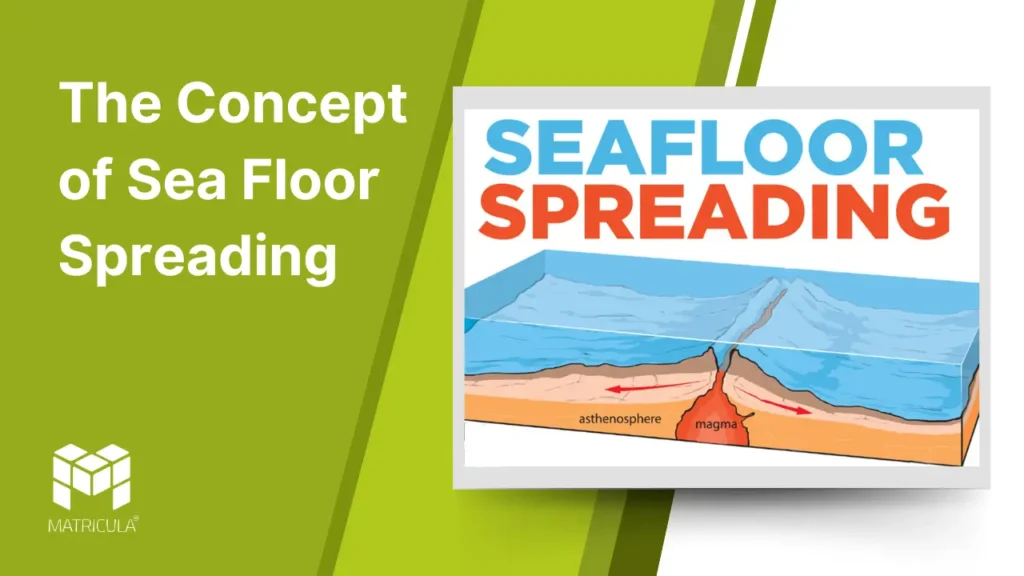Sea floor spreading is a fundamental process in plate tectonics that explains the formation of a new oceanic crust and the dynamic nature of Earth’s lithosphere. First proposed by Harry Hess in the early 1960s, this concept revolutionized our understanding of ocean basins and their role in shaping Earth’s geological features.
What is Sea Floor Spreading?
Sea floor spreading occurs at mid-ocean ridges, which are underwater mountain ranges that form along divergent plate boundaries. At these ridges, magma rises from the mantle, cools, and solidifies to create a new oceanic crust. As this new crust forms, it pushes the older crust away from the ridge, causing the ocean floor to expand.
This continuous process is driven by convection currents in the mantle, which transport heat and material from Earth’s interior to its surface.
Key Features of Sea Floor Spreading
- Mid-Ocean Ridges: These are the sites where sea floor spreading begins. Examples include the Mid-Atlantic Ridge and the East Pacific Rise. These ridges are characterized by volcanic activity and high heat flow.
- Magnetic Striping: As magma solidifies at mid-ocean ridges, iron-rich minerals within it align with Earth’s magnetic field. Over time, the magnetic field reverses, creating alternating magnetic stripes on either side of the ridge. These stripes serve as a record of Earth’s magnetic history and provide evidence for sea floor spreading.
- Age of the Ocean Floor: The age of the oceanic crust increases with distance from the mid-ocean ridge. The youngest rocks are found at the ridge, while the oldest rocks are located near subduction zones where the oceanic crust is recycled back into the mantle.
Evidence Supporting Sea Floor Spreading
Magnetic Anomalies: The symmetrical pattern of magnetic stripes on either side of mid-ocean ridges corresponds to Earth’s magnetic reversals, confirming the creation and movement of oceanic crust.
Seafloor Topography: The discovery of mid-ocean ridges and deep-sea trenches provided physical evidence for the process of spreading and subduction.
Ocean Drilling: Samples collected from the ocean floor show that sediment thickness and crust age increases with distance from mid-ocean ridges, supporting the idea of continuous crust formation and movement.
Heat Flow Measurements: Elevated heat flow near mid-ocean ridges indicates active magma upwelling and crust formation.
Role in Plate Tectonics
Sea floor spreading is integral to the theory of plate tectonics, as it explains the movement of oceanic plates. The process creates new crust at divergent boundaries and drives plate motion, leading to interactions at convergent boundaries (subduction zones) and transform boundaries (faults).
Impact on Earth’s Geology
Creation of Ocean Basins: Sea floor spreading shapes the structure of ocean basins, influencing global geography over millions of years.
Earthquakes and Volcanism: The process generates earthquakes and volcanic activity at mid-ocean ridges and subduction zones.
Continental Drift: Sea floor spreading provides a mechanism for continental drift, explaining how continents move apart over time.




